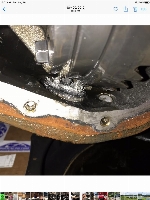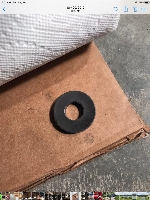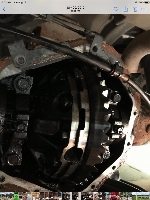Hi, how to treat a final drive to make it last "forever"? I got a 2013 Bmw 750IX so it has 2 differentials/final drives. Bmw claims it has "lifetime fluid" but i replaced the oil at 85 k miles and it was dark but ok. Will continue to replace oil together with transmission oil every 40k miles ish. I do no burning and stuff but other than that is there tings to do or not to do? My old E39 530D had 250k miles on it with the original diff.
What does really kill a final drive like the bearings and the gears? Heat? Old oil? Burning? Or just bad luck?
I use Ravenol DGL SAE 75W-85 GL-5 LS in both diffs.
What does really kill a final drive like the bearings and the gears? Heat? Old oil? Burning? Or just bad luck?
I use Ravenol DGL SAE 75W-85 GL-5 LS in both diffs.



